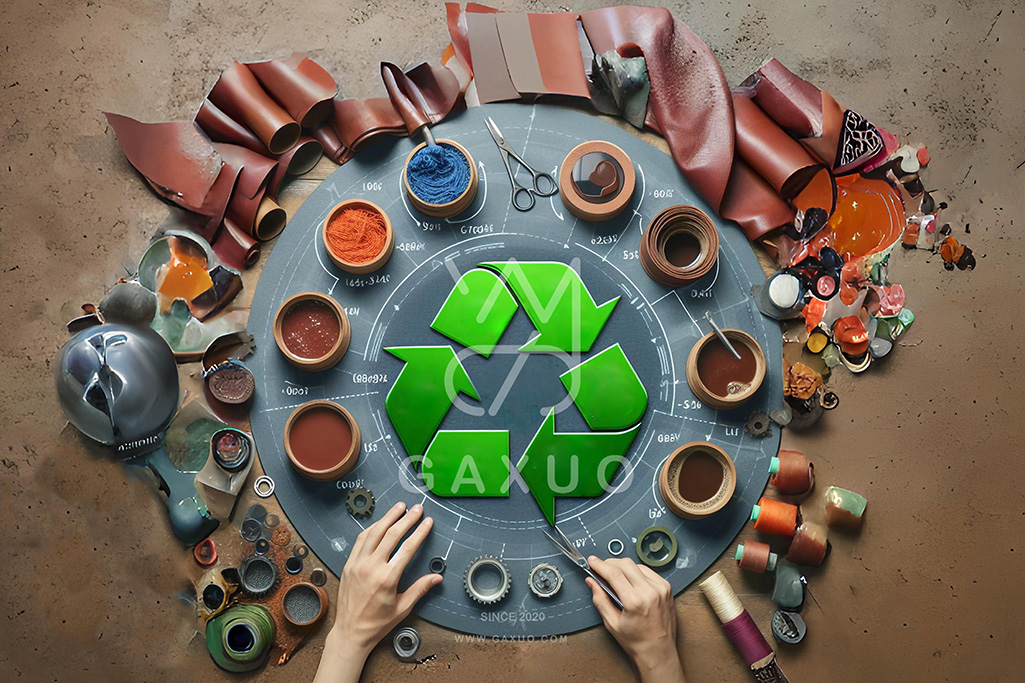Sustainability in Leather Production
Leather products have long been popular and luxurious items in various industries. However, with increasing concerns about leather production’s negative environmental and animal welfare impacts, sustainability in leather production has become a significant priority in the fashion and design industry. This article explores the role of sustainability in leather production and demonstrates how applying sustainable principles can help improve environmental conditions, preserve animal rights, and produce higher quality and more durable products. One sustainable approach in leather production is the optimal use of natural resources. This includes using plant-based and recycled leathers and employing environmentally friendly production processes such as biodegradable dyes and chemicals. Additionally, continuous waste reduction and innovative technologies in the production process are other sustainable methods in leather production. Other aspects highlighted in leather production sustainability are emphasizing transparency in the supply chain and production, educating consumers about sustainability standards and animal rights, and maintaining continuous engagement with communities and environmental activists. These actions are valuable and impactful in raising awareness, improving environmental and social conditions, and ensuring the industry’s sustainability.
One of the stages that can be detrimental to the environment is the leather production waste treatment process. This process often involves using chemicals and effluents that can lead to water and soil pollution in the surrounding areas of leather factories.
Ideally, an alternative for this process is to use sustainable and environmentally friendly leather treatment methods that require minimal chemical use. These methods include using biological processes, such as microbes for water treatment, plant-based dyes for leather coloring, and biological processes for softening and processing leather. These methods help transform the environmental ecosystem into a healthier and less polluted state, reducing the adverse effects on the environment and humans. The use of natural leather in products can be in line with sustainability, but it requires adherence to specific conditions and processes.
Generally, genuine leather is more sustainable than materials made from non-biological sources like plastics. Suppose the leather production process, such as manufacturing and processing, uses sustainable and environmentally protective methods. In that case, using natural leather can contribute to conserving natural resources and reducing environmental impacts. For example, using leather sourced from responsibly cared for and ethically raised animals for leather production can help promote natural resource sustainability. Additionally, using leather processing methods that utilize sustainable and low-energy tools and technologies can help reduce the environmental impacts of leather production. Therefore, while the use of natural leather in products can contribute to sustainability, it is essential that the preparation and use processes fully comply with sustainability standards and environmentally friendly practices that lead to sustainability in leather production.
Considering everything mentioned about the importance of leather and its sustainability, you can see some of the uses and examples of leather in accessories by referring to our products at the GAXUO.
Gaxuo R&D Department



Leave a Reply